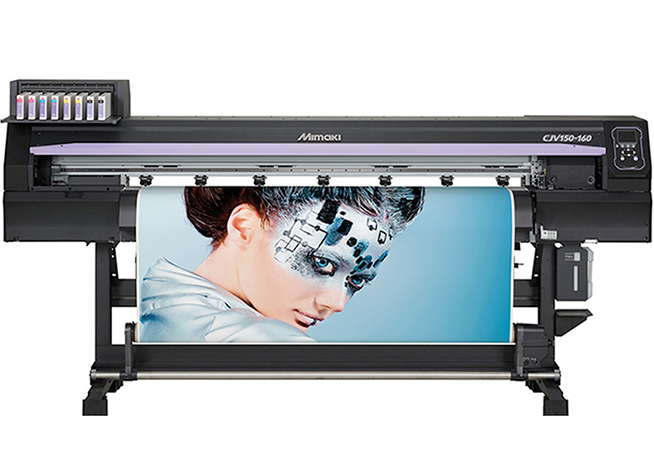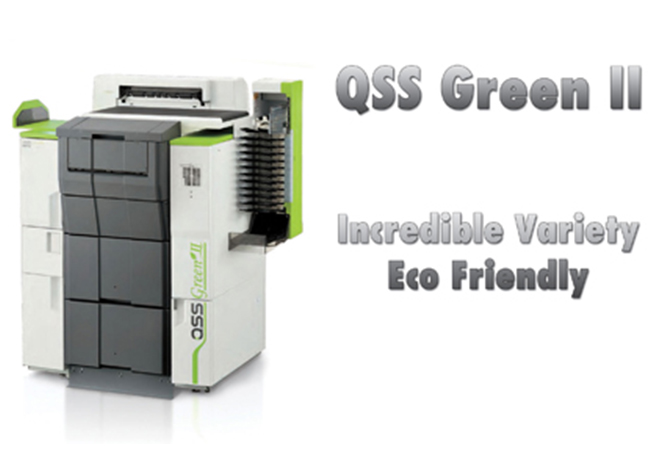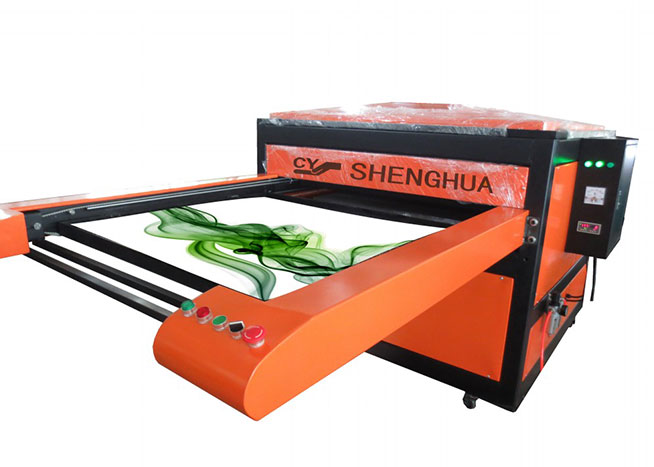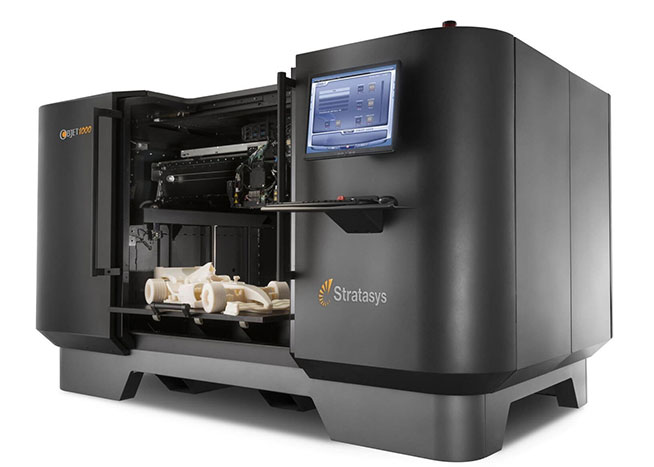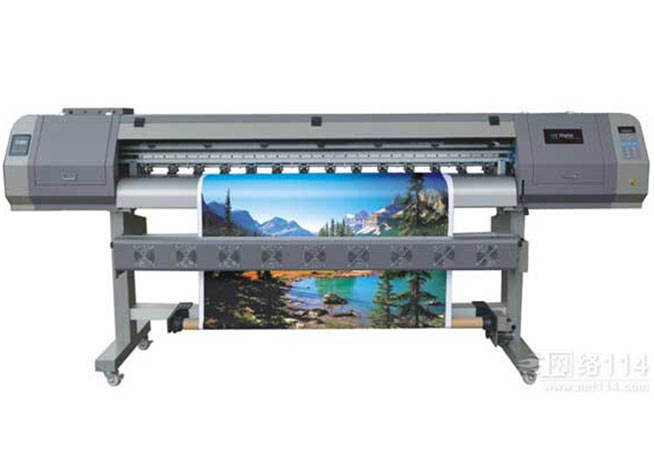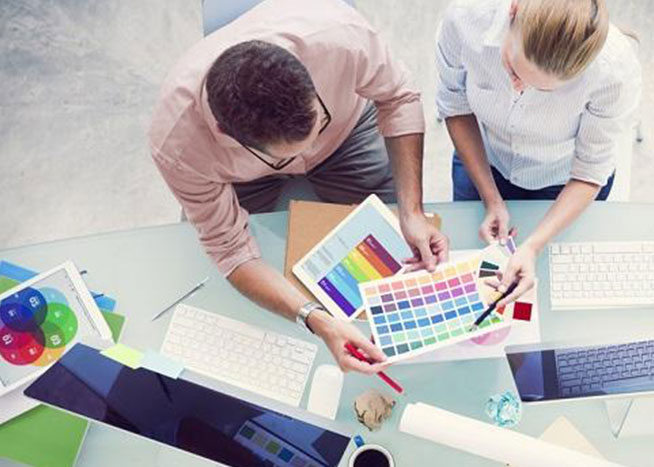Noritsu green 2
/
QSS Green II Duplex Inkjet System
- The QSS Green II is the next step in the evolution of Noritsu inkjet printers. Versatile, fast, and energy efficient, the Green II has the speed to keep up with demanding volume, along with the capability of producing a wide array of specialty products.
With support for paper up 10 12" wide in both roll and sheet format, the Green II is ready for any situation.
- Expanded Print Options
- • Offer an incredible array of print options to your customers
- • Enlargements and Panoramic Prints up to 12x36
- • Sticker and Metallic Prints
- • Double sided printing, perfect for photo books, greeting cards, calendars, and other specialty prints
- Quality
- • High resolution prints: 1440 X 1440dpi
- • Long lasting color with Noritsu inks and paper
- • Multiple color profiles to fit your printing needs
- • Native Raw file support for lossless printing
- • Proven Noritsu "AccuSmart" image correction technology

